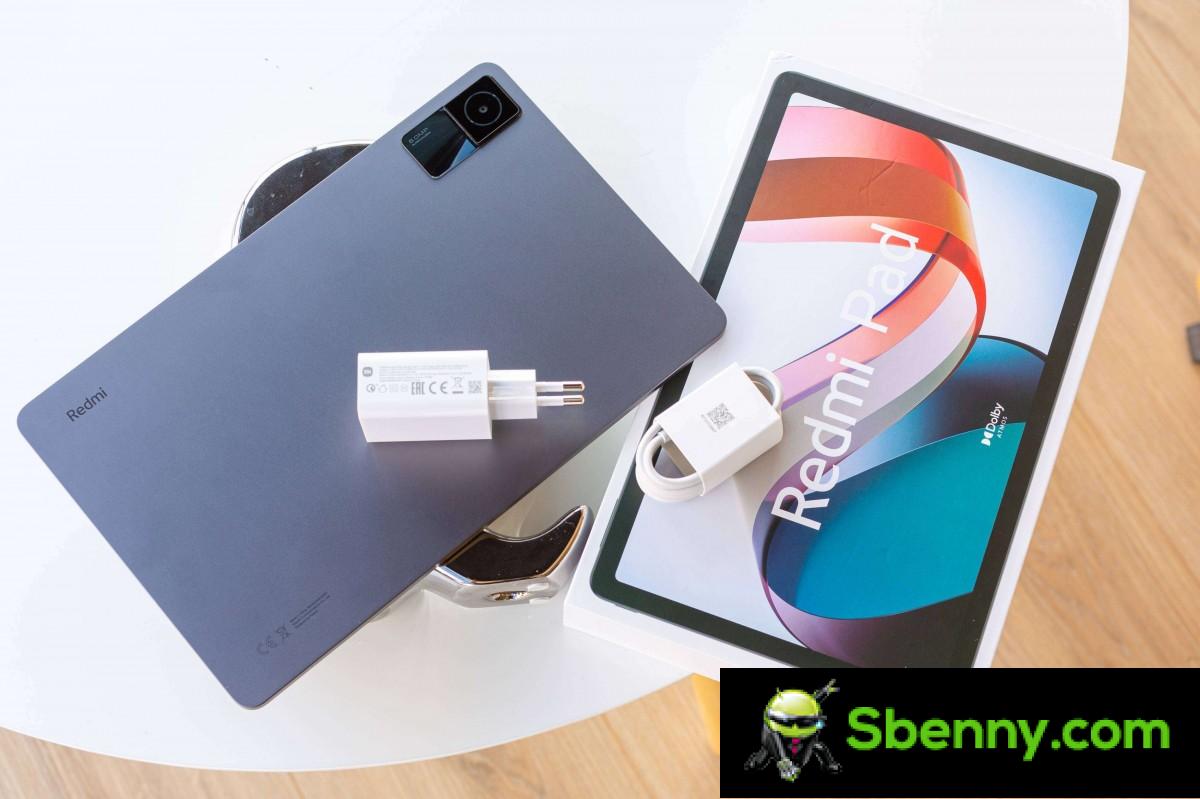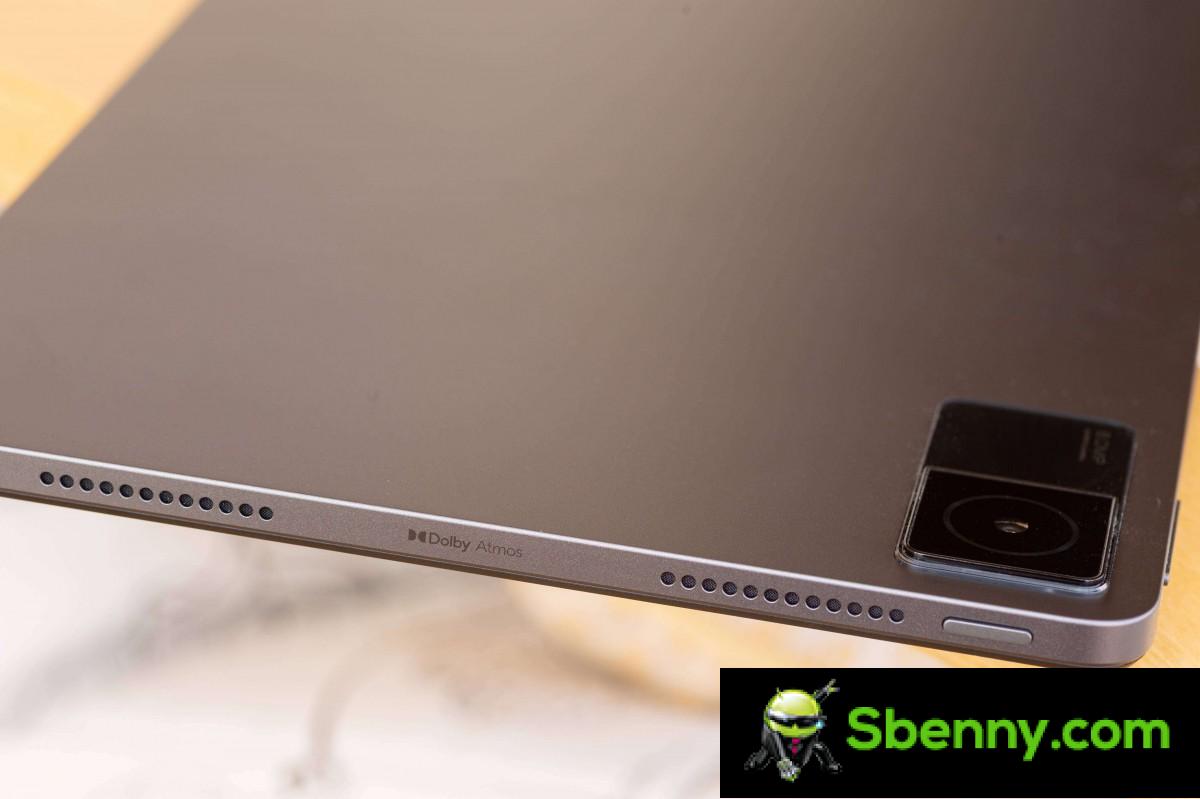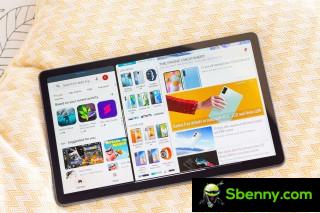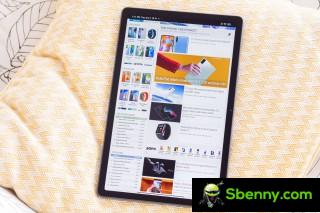Say hello to the Redmi Pad, the first tablet of the sub-brand and one that is directly aimed at a competitor in the sphere: the Realme Pad.
The Redmi Pad comes with a 22.5W charger and a USB cable. The tablet itself can recharge its 8,000 mAh at 18 W.

Among the highlights of the Redmi Pad is the four-speaker configuration, decorated with a very important Dolby Atmos branding. However, it’s not just an incision on the skin, there is a settings panel dedicated entirely to the Dolby Atmos function. When on, Dolby Atmos makes a big difference to sound quality. Especially in its dynamic setup, it gives the four speakers a real invigorating presence.

The Redmi Pad uses a 6nm MediaTek Helio G99 chipset with up to 6GB of RAM (along with the 3GB and 4GB models). Featured, there is a 10.61-inch 1200x2000px IPS LCD with a 90Hz-faster-than-normal refresh rate. The Redmi Pad runs MIUI 13 with Android 12 on top. It’s smooth and responsive, and MIUI is a capable software suite, even with this larger screen size.
However, multitasking is more of an afterthought, and getting a split-screen view of two apps isn’t the easiest process. The Redmi Pad would take huge advantage of Android 12L and its taskbar with a quick split screen capability.


Split screen is limited
Now for a comparison to the Realme Pad. The Redmi tablet costs INR 14,999 for a 4/64 GB model, while the Realme tablet costs INR 17,499 for its 4/64 GB configuration. Now, the Realme Pad is compatible with 4G at that price, while the Redmi Pad isn’t, but this is where the Realme takes over.
The Redmi Pad has a high refresh rate display, a larger battery and a faster and more efficient chipset.
Stay tuned for more content on the upcoming Redmi Pad.







Start a new Thread